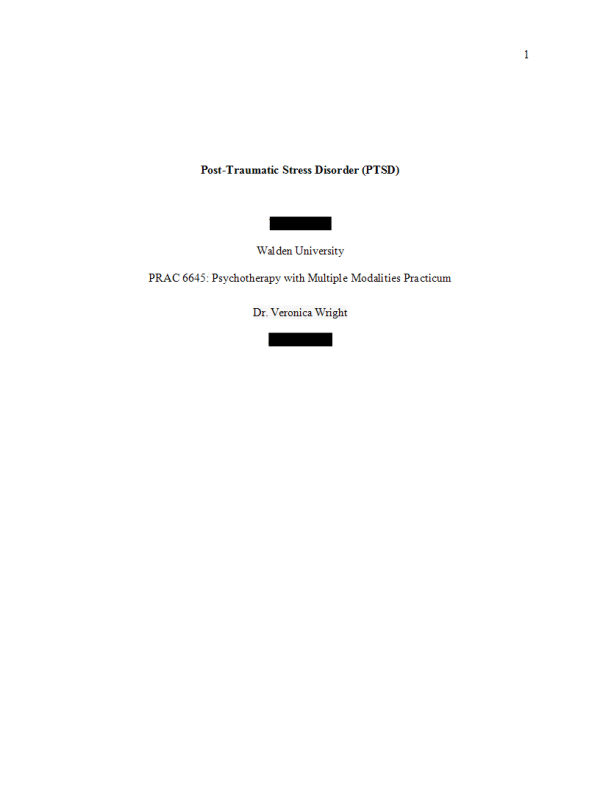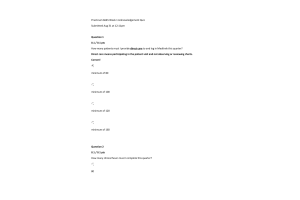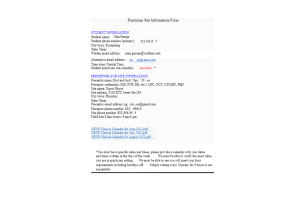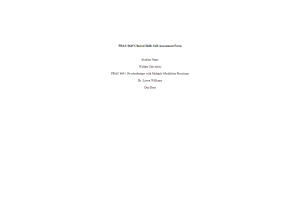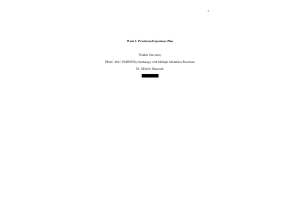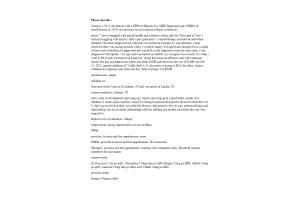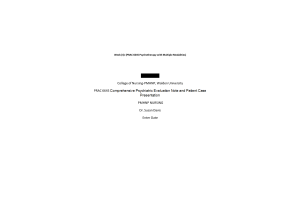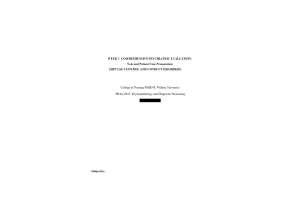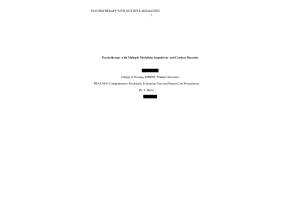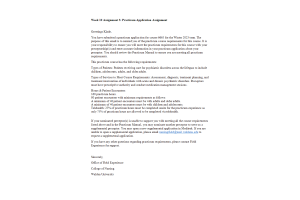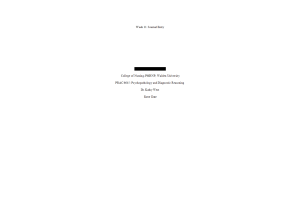PRAC 6645 Week 9 Assignment; Post-Traumatic Stress Disorder (PTSD)
- $20.00
Document Preview
Post-Traumatic Stress Disorder (PTSD)
According to Abdallah et al. (2019), post-traumatic stress disorder (PTSD) is a common debilitating mental disorder that occurs after exposure to traumatic life events and is characterized by increased arousal, intrusive memories, and mood disturbance. Abdallah et al. (2019) outline that the symptoms are caused by extreme stresses, which, when repeated, cause neuronal remodeling by dysregulation of neurotransmitters at the synaptic cleft. The disturbance of neurotransmitters, amino acids, and hormones occurs as a stress response by the body. Abdallah et al. (2019) report that traumatic events before PTSD induce a stress response, promoting resilience, and improving the brain's plasticity and cognitive abilities. This paper will illustrate the neurobiological foundation of PTSD illness, evaluate the DSM-5-TR Diagnostic Criteria for PTSD, and explore other psychotherapy treatment options that can be used to treat the client in the given case study.
Neurobiological Basis
Abdallah et al. (2019) classify the neurobiological basis of PTSD into monoamine-based and amino-acid-based. In monoamine-based, the concentration of monoamine neurotransmitters such as norepinephrine and dopamine are markedly elevated, and calcium ions are responsible for the cAMP signaling pathway. On the other hand, the amino-acid-based pathophysiology entails hypothalamic-pituitary axis (HPA) dysregulation, neuroinflammation, glial depletion, reduced glutamate, and GABA neurotransmission, and elevated extracellular glutamate (Abdallah et al., 2019). The dopamine outburst occurs in the ventral tegmental area and nucleus accumbens, causing fear and emotional disturbance experienced in PTSD (Abdallah et al., 2019). Additionally, the elevated norepinephrine increases the neurotransmission in the limbic system keeping the patient hypervigilant (Abdallah et al., 2019)……….. Continue
